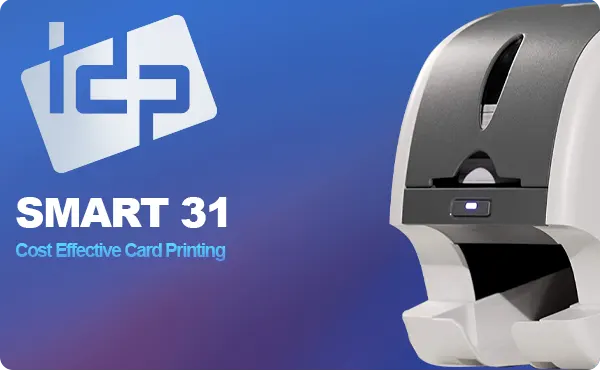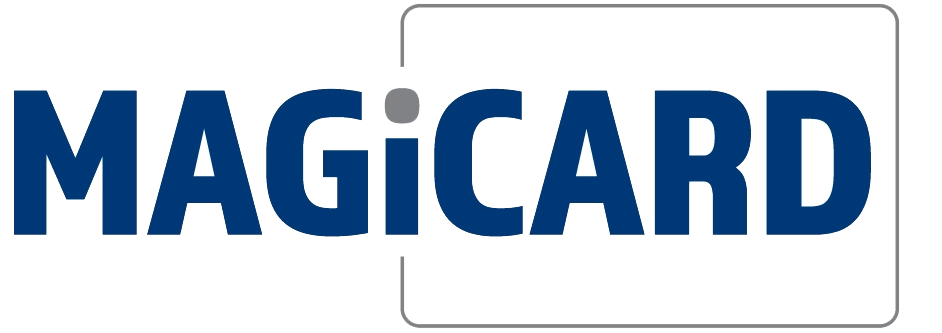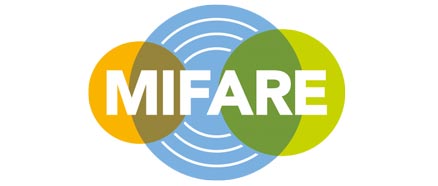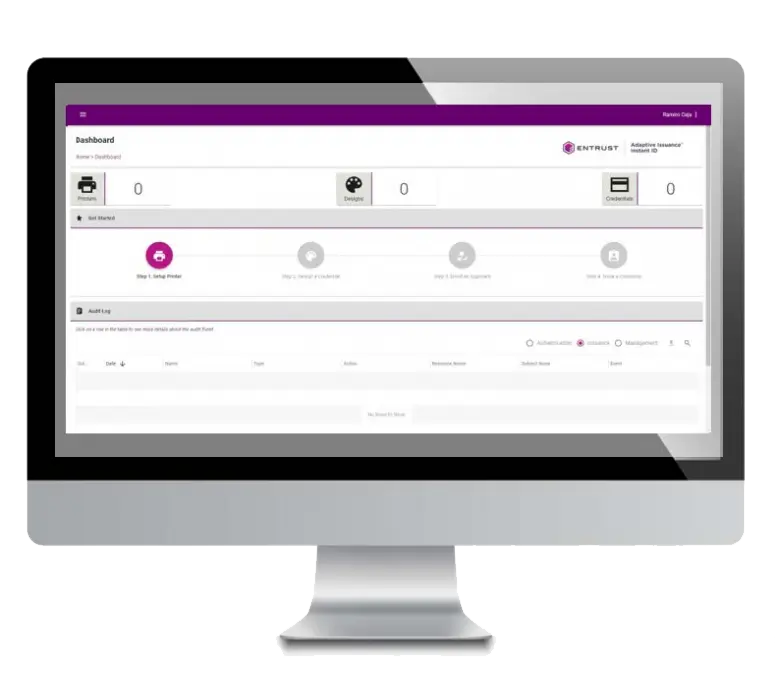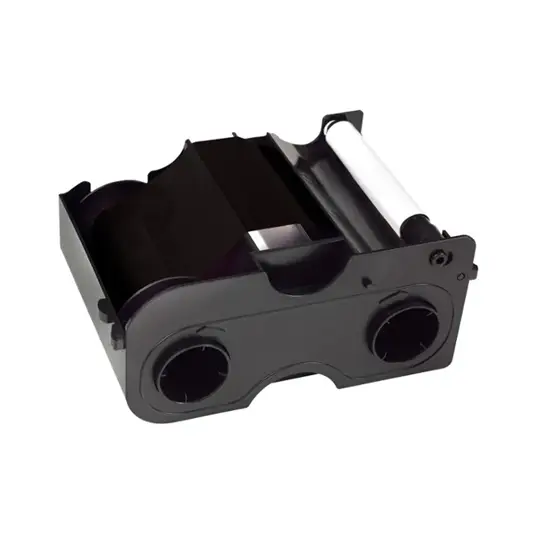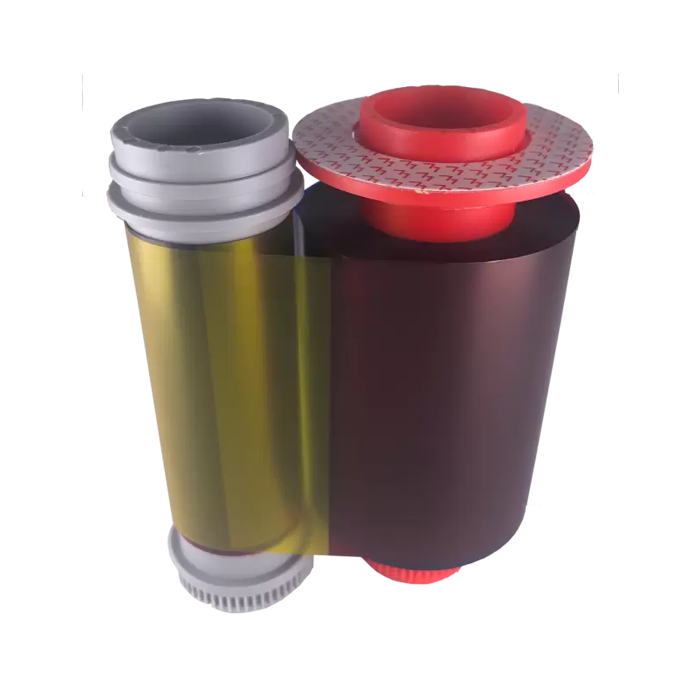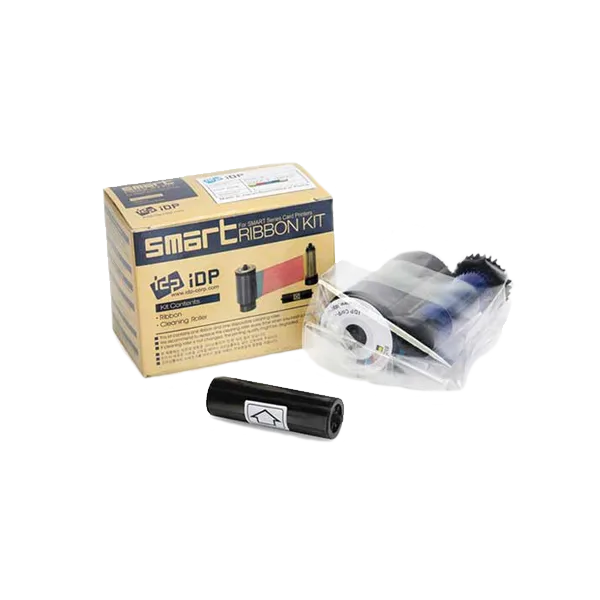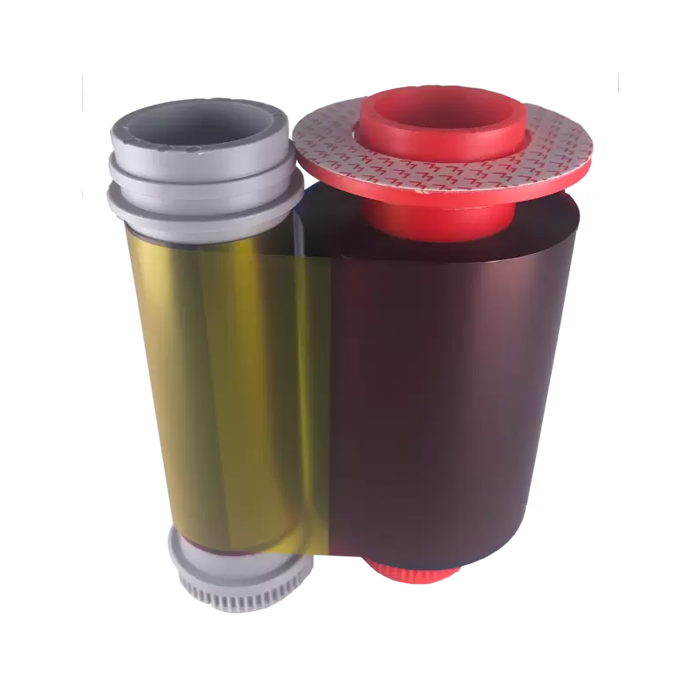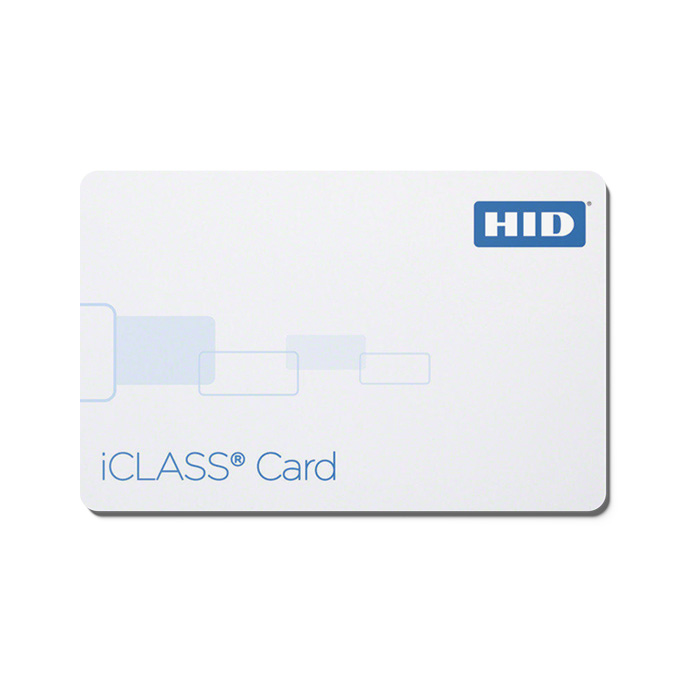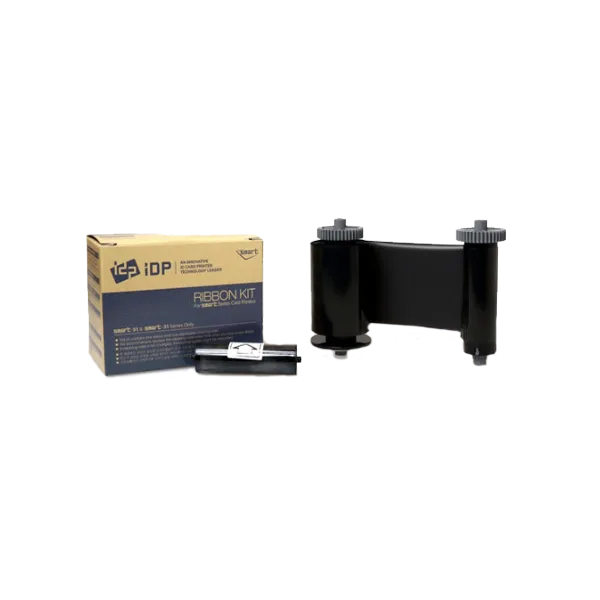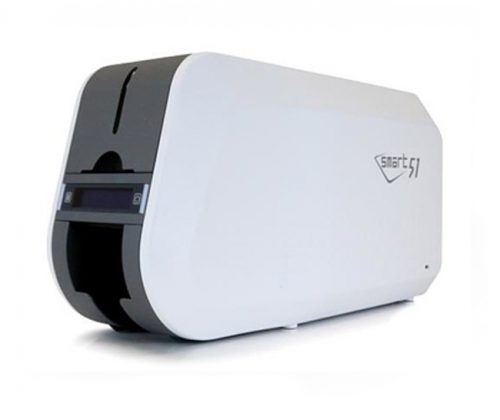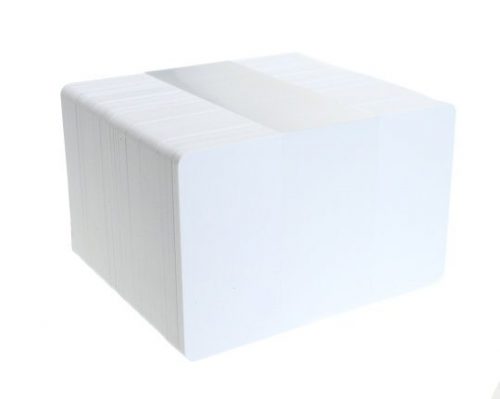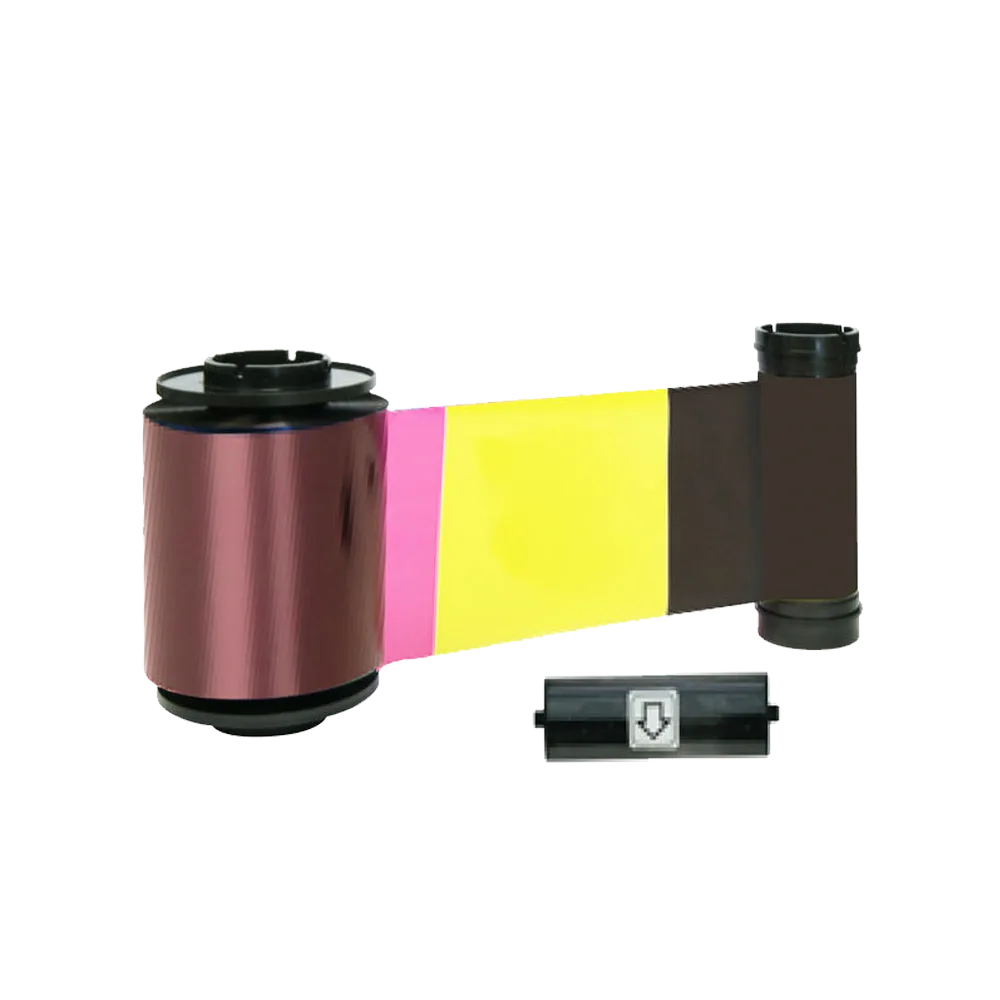


ID Card Printer – Smart 51D

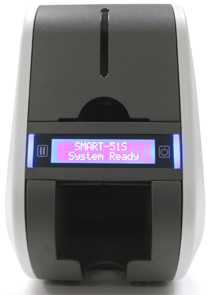
Smart 51 ID Card Printer
The Smart 51D is the latest addition to the hugely popular Smart range of ID Card Printers. This versatile machine is capable of printing a variety of ID cards with a range of different functions. Whether you need barcodes, magstripes or smart cards, this ID card printer has you covered – Smart indeed.
There has been explosive growth in the ID cards sector in recent years. Companies now use ID cards not just for identificaton, but for access control, purchases, rewards and more.
[x_icon type=”wrench” style=”font-size: 50px; color: #32679c; “]
Keep it simple
Printing has never been easier – with plug-n-play functionality and drag-n-drop design, creating your perfect ID cards has never been easier.
[x_icon type=”cogs” style=”font-size: 50px; color: #32679c; “]
Functionality
Print with no limits – this card printer is capable of handling all types of cards. Print, encode, laminate and more. Ideal for loyalty, membership and gift cards in addition to ID cards.
[x_icon type=”eur” style=”font-size: 50px; color: #32679c; “]
Save money
Supplying your staff with ID Cards doesnt have to break the bank. Printing your cards in-house can be a great way to save money and this low-cost id card printer is a great way to do it.
- Low-cost card printer
- Versatile
- 5-year warranty
Simplistic, affordable ID Card Printer

Talk to us today for advice on all things identification.
Related products
Fargo C30 Ribbons
Printer Ribbons
Matica MC210 Ribbons
Printer Ribbons
Matica MC310 Ribbons
Access Control Cards
Printer Ribbons
Printer Ribbons
Printer Ribbons
Uncategorized
ID Card Printers
Contactless Cards
Printer Ribbons
Uncategorized
Uncategorized
ID Card Printers




